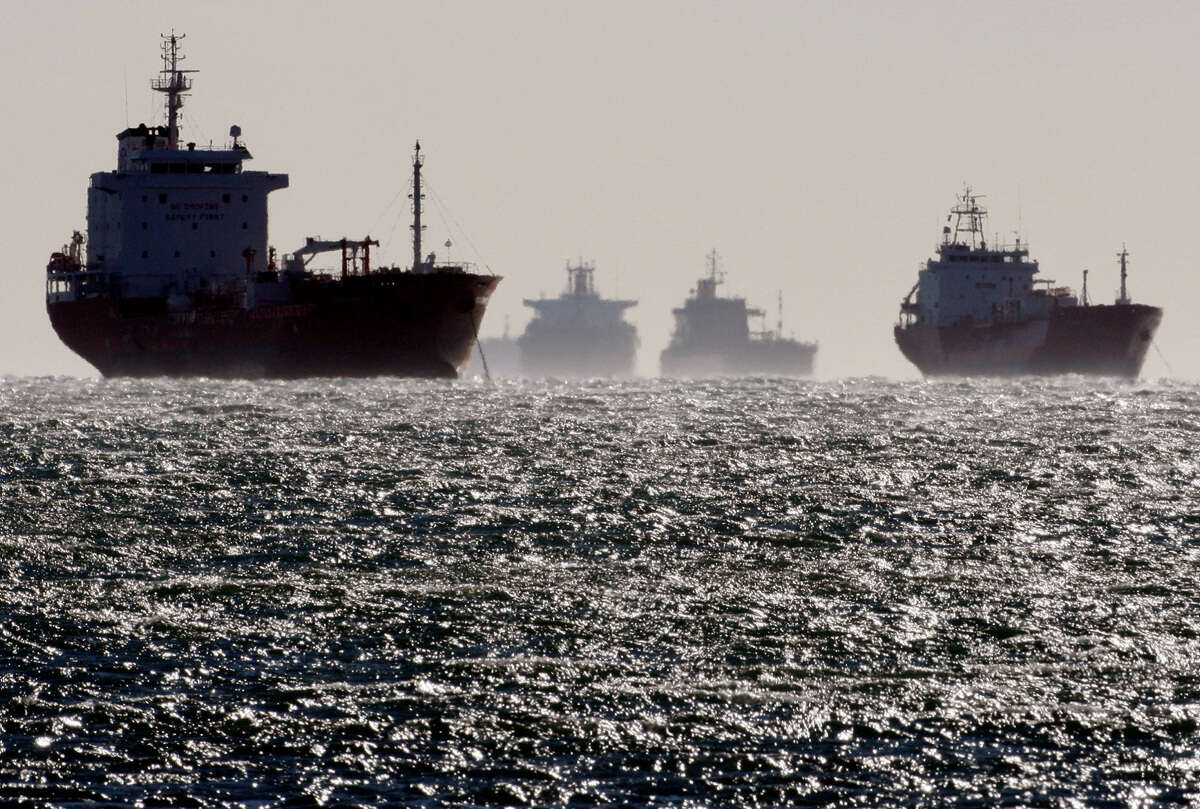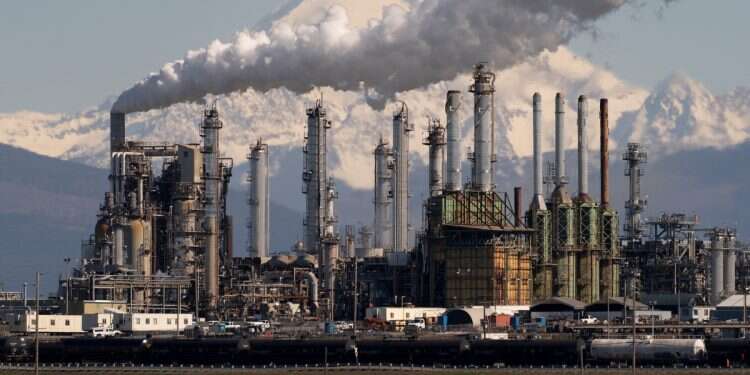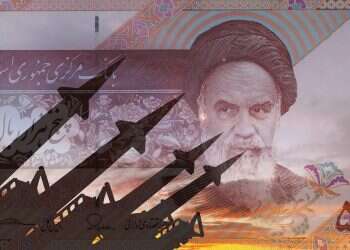Here's something strange – despite all the drama in the Middle East, oil prices haven't crossed the $90 per barrel threshold.
Strange, isn't it? Logically, when the region supplying about a third of global oil is in turmoil, prices should surge. Yet here we are in early 2025, with oil prices lazily hovering around $65-70 per barrel. Behind this phenomenon stands a triangle of forces reshaping the energy market in a completely different way than we've known before.
At the first vertex is Saudi Arabia. The kingdom that ruled the global oil market with an iron hand for decades finds itself in a complex position. The economic data isn't good – the budget deficit reached 3% of GDP in 2024 (about $30.8 billion), following a 1.2% deficit in 2023 (and after an exceptional budget surplus of 2.5% in 2022 – a year of particularly high oil prices). Expectations for the next decade are that the deficit will remain around the same level, about 3% annually.
The chronic deficit isn't accidental. Saudi Arabia is in the midst of Mohammed bin Salman's ambitious Vision 2030, designed to reduce the kingdom's dependence on oil. But the many projects included in the vision require high oil prices to finance themselves. All the innovative cities and real estate ventures require funding in the hundreds of billions of dollars. According to International Monetary Fund estimates, the Saudis need to sell their oil at a price of $80-88 per barrel to balance their budget – some estimates are even higher, up to $96.2 per barrel. The Saudis would be happy to raise the price. But they have a problem – the redhead in the White House.

At the second vertex stands the United States under Donald Trump's leadership. American policy is clear – "America First" in energy, with aspirations for global dominance in the field. But a deeper look reveals an interesting paradox. On one hand, Trump declares support for the American energy industry, but on the other hand, he consistently works to lower oil prices – for example by pressuring OPEC to increase production.
Energy Secretary Chris Wright has articulated the approach well – "More energy at lower prices." However, the American industry, particularly shale producers, needs prices higher than $60 per barrel to operate profitably. Below $50, production is expected to shrink sharply. The administration is also taking steps that further challenge the industry – 25% tariffs on steel imports, which is an essential raw material for drilling, and cuts in federal personnel responsible for approving new drilling.
At the third, most surprising vertex, stands Iran. Despite international sanctions, Iran continues to export oil, mainly to China. It does so at a significant discount of $10-15 per barrel relative to market prices. This is not an ideal compromise for the Iranians – to balance their budget they need a price of $124 per barrel, an imaginary level in the current reality. Nevertheless, this arrangement allows Iran to remain relevant in the market and channel revenue into the state budget.

Around the Triangle
The implication of this triangle is the creation of a "cage" for oil prices – they can fall or rise within a relatively limited range, unless there is a dramatic change – for example, an Iranian attack against Saudi Arabia, or a collapse of the shale oil industry in the US. Trump's pressure to lower prices, along with the cheaper Iranian option and a slowdown in Chinese demand growth, offset the geopolitical pressures to raise prices.
On the periphery of the triangle is China, the world's largest energy consumer. China is suffering from an economic slowdown, leading to more moderate energy demand, and lower demand means lower prices. China also leverages its position to pressure its suppliers – it buys Iranian oil at a discount, negotiates with the Saudis, and responds to American tariffs by imposing counter-tariffs on American natural gas.
What does this mean for Israel? As an energy importer that also has gas export potential, Israel is affected by both trends. On one hand, low energy prices hurt the profitability of Israeli gas fields and the viability of export agreements. On the other hand, industry and consumers benefit from energy at a low price. Perhaps it's time for the Israeli government to also invest in a blue-and-white energy industry by removing regulatory barriers?




